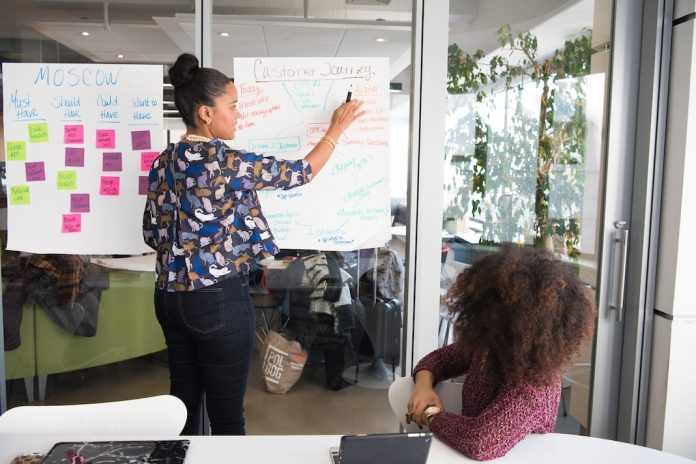It’s no secret that the quality of your employees is what makes your company great. But it doesn’t stop at hiring top talent. They also need to be trained.
Employee training programs aren’t one-size-fits-all. After all, every company is different, with its own needs and expectations. And yet there is a framework that all companies can use for how to create a curriculum that maximizes their training process.
Let’s take a look at how to get the most from your corporate training program.
How to Create Employee Training Programs
Let’s face it, old school employee training programs are boring and ineffective. Read on to learn how to create one that actually works!
Perform a Training Needs Assessment
This is a four-step process that includes:
- Identifying a clear goal for the training
- Determining what tasks a worker needs to be able to perform
- Determining what learning characteristics would make the worker more effective in their position
- Determining what sort of activities would help the worker to learn and perform tasks
Focus on Adult Learning Principles
Keep in mind that the workers you are needing to train are adults. Thus there are certain characteristics that will help train them more effectively.
Adult learners are self-directed, possess a lifetime of experiences and knowledge, are goal-oriented, want training that is relevant and task-oriented, want to understand what is in the training for them, and they want to feel respected.
Develop Clear Learning Objectives
Before you begin training, you’ll need a list of objectives. These objectives are the things you need your workers to be able to perform when the training process is complete.
After all, without objectives, it’s like driving cross-country without a roadmap. Objectives help you understand your expectations for your workers, and helps them to understand what is expected of them.
Training Materials
It’s vital to design and create effective training materials for your employees to follow. These materials should clearly layout the training process, list all expectations, and provide a step by step guide for training completion.
Implementing the Training Process
Once the training materials have been designed and produced, it’s time to implement the training. You will need to notify the employees who will attend, giving them enough advance notice to work it into their schedules.
Training can take place in the form of classroom instruction, focus groups, small group assignments, team building exercises, on-the-job training, or computer module training etc.
Evaluating the Training
Important questions to ask when evaluating the training include:
- Did they enjoy the training?
- Did they actually learn?
- Did they find the training materials effective in helping them learn?
These questions will not only help you better understand how workers learn, you’ll also see where you can make improvements to the training materials. After all, the purpose of the training is to help your employees to be able to be as effective as possible in their jobs.
Good Training Makes Better Employees
The quality of employee training programs has a direct impact on an employee’s ability to perform their tasks at the highest level possible. Good training provides the right tools and teaches how to use those tools optimally.
Keep in mind that establishing clear objectives and creating training materials that effectively convey those objectives is key to the training process. Do this well, and you’ll be rewarded with great employees!









































